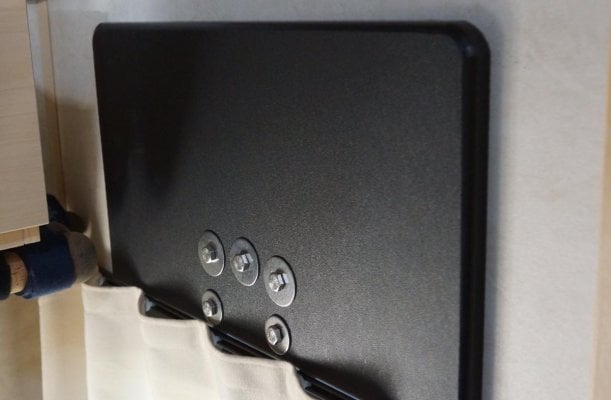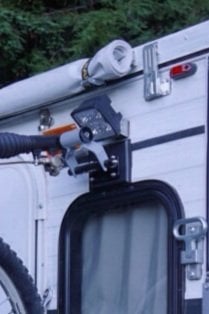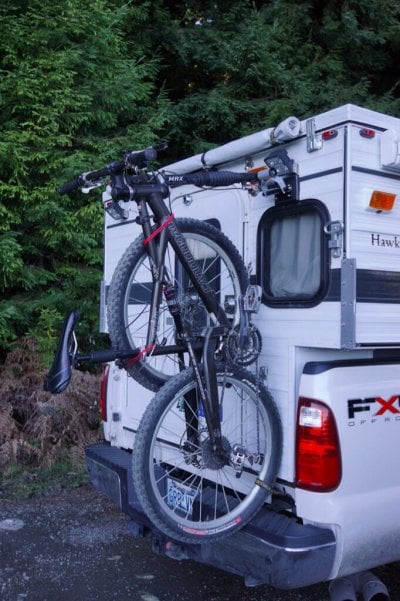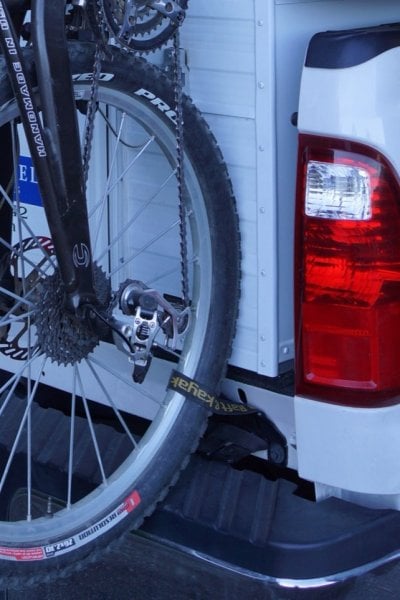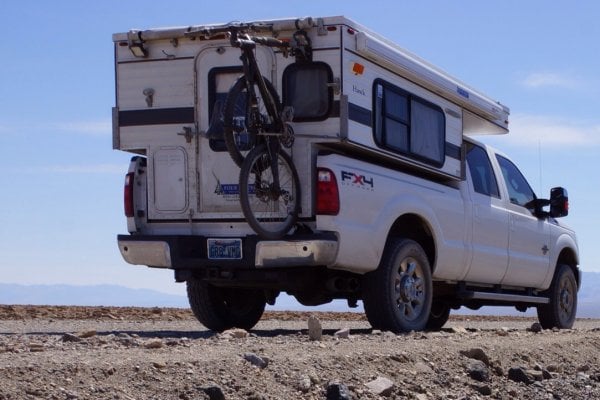I’m getting ready to install a bike rack on the rear wall similar to this.
The questions for now are: how best to drill through for the mounting, and how to not mess up wiring.
I’m confirming with FWC (and I’ll take any lessons you’ve learned from experience) whether or not there should be a stud/frame where I want it, and the whole thing makes me a little nervous... so I’d love any guidance on the actual steps to get this done.
It seems like I'd:
Please let me know any suggestions you have.
Thank you!
The questions for now are: how best to drill through for the mounting, and how to not mess up wiring.
I’m confirming with FWC (and I’ll take any lessons you’ve learned from experience) whether or not there should be a stud/frame where I want it, and the whole thing makes me a little nervous... so I’d love any guidance on the actual steps to get this done.
It seems like I'd:
- Drill from the outside in (because that’s the only way I’ll know where to put the holes)
- Go very slow and try to figure out which layers I’m going through (again, ideally I’ll find and identify studs – not just sheet)
- Put the bolts/mount almost all the way on
- Stuff a small amount butyl tape around the bolt/hole before tightening
- Seal everything (I’ve got Proflex, which is supposedly equivalent to Silaprene… not that I know how these things work, and I figure sealing around the outside as well as using butyl tape stuffed in the hole should suffice)
- Enjoy
Please let me know any suggestions you have.
Thank you!

